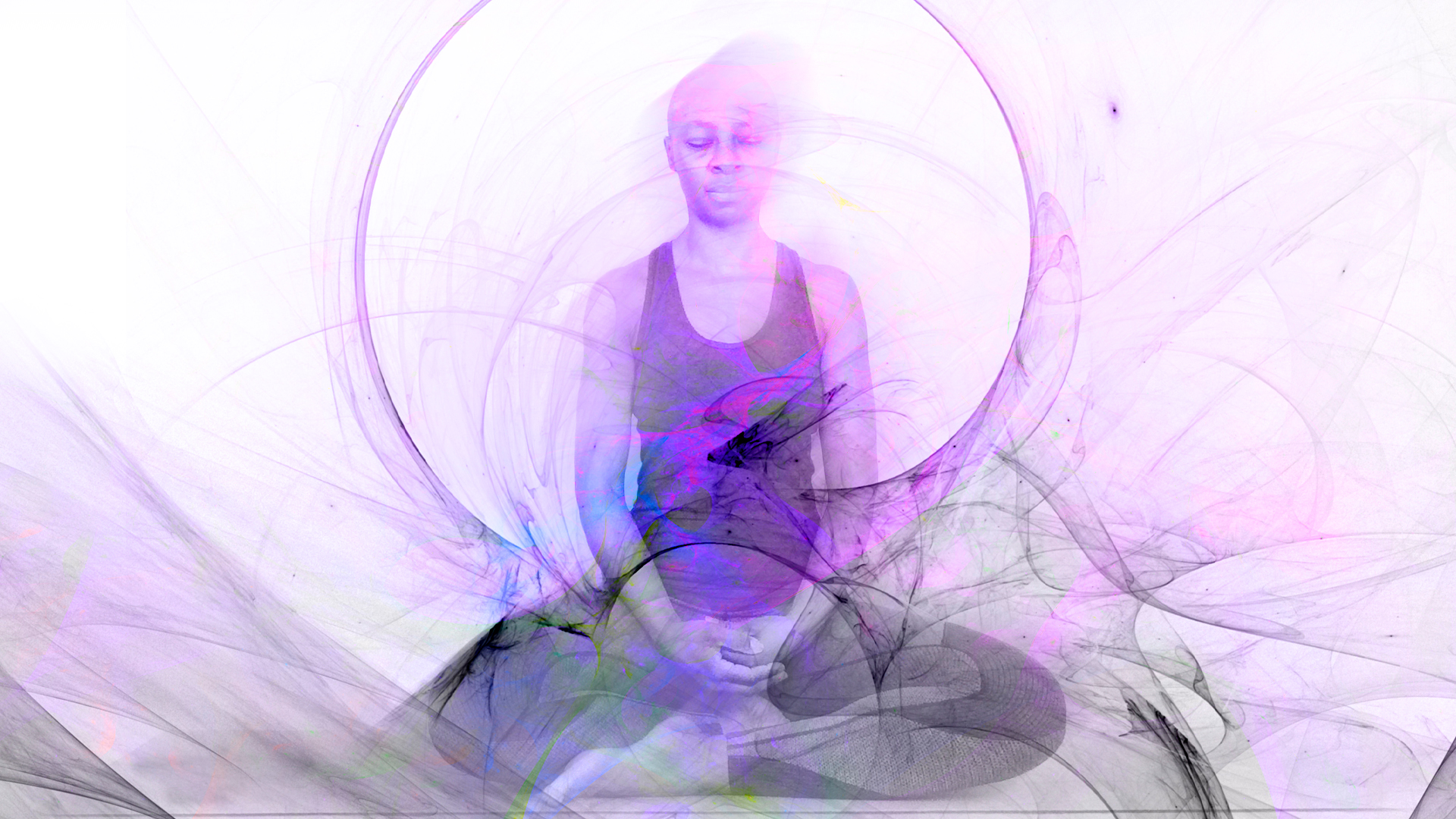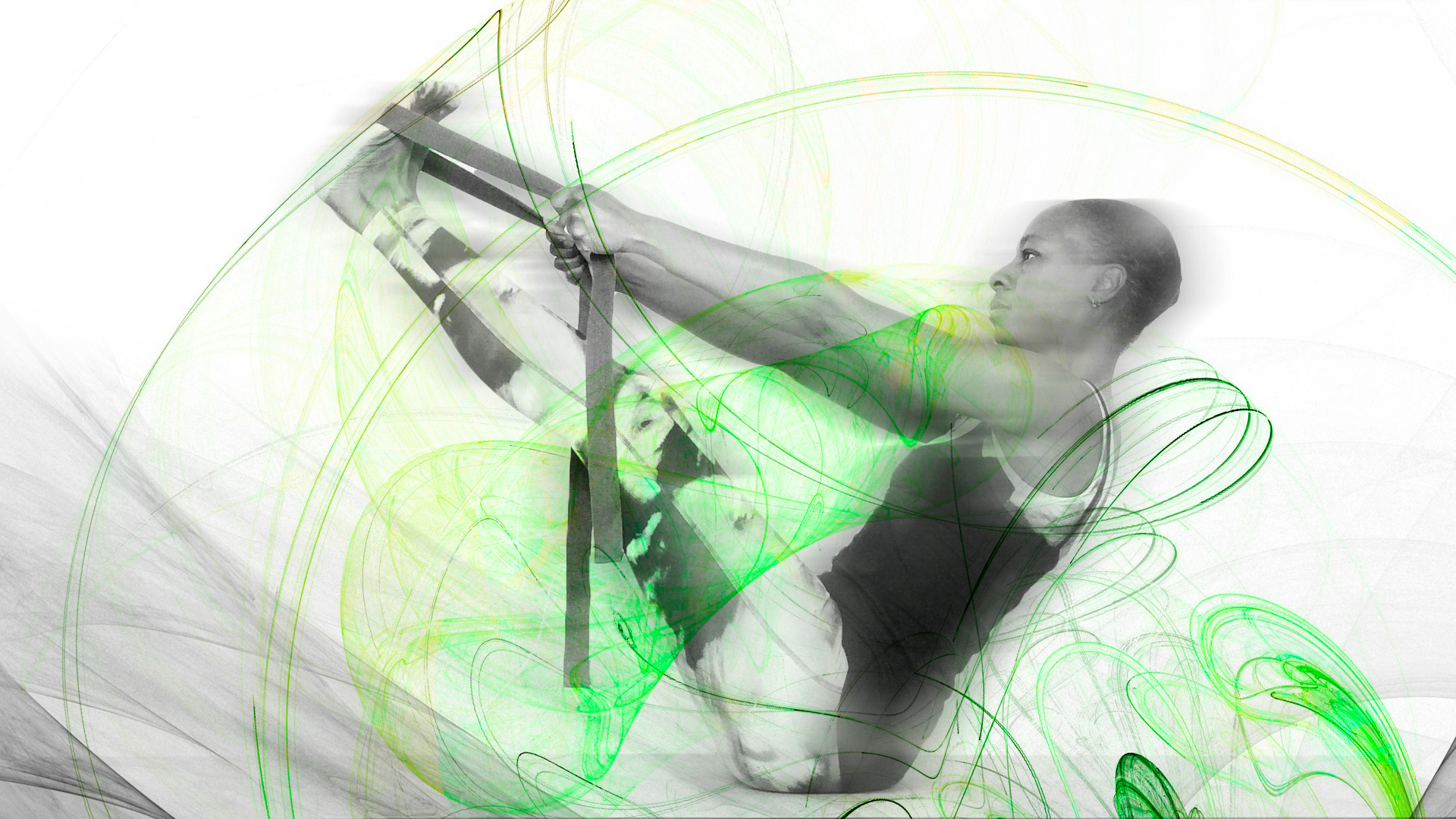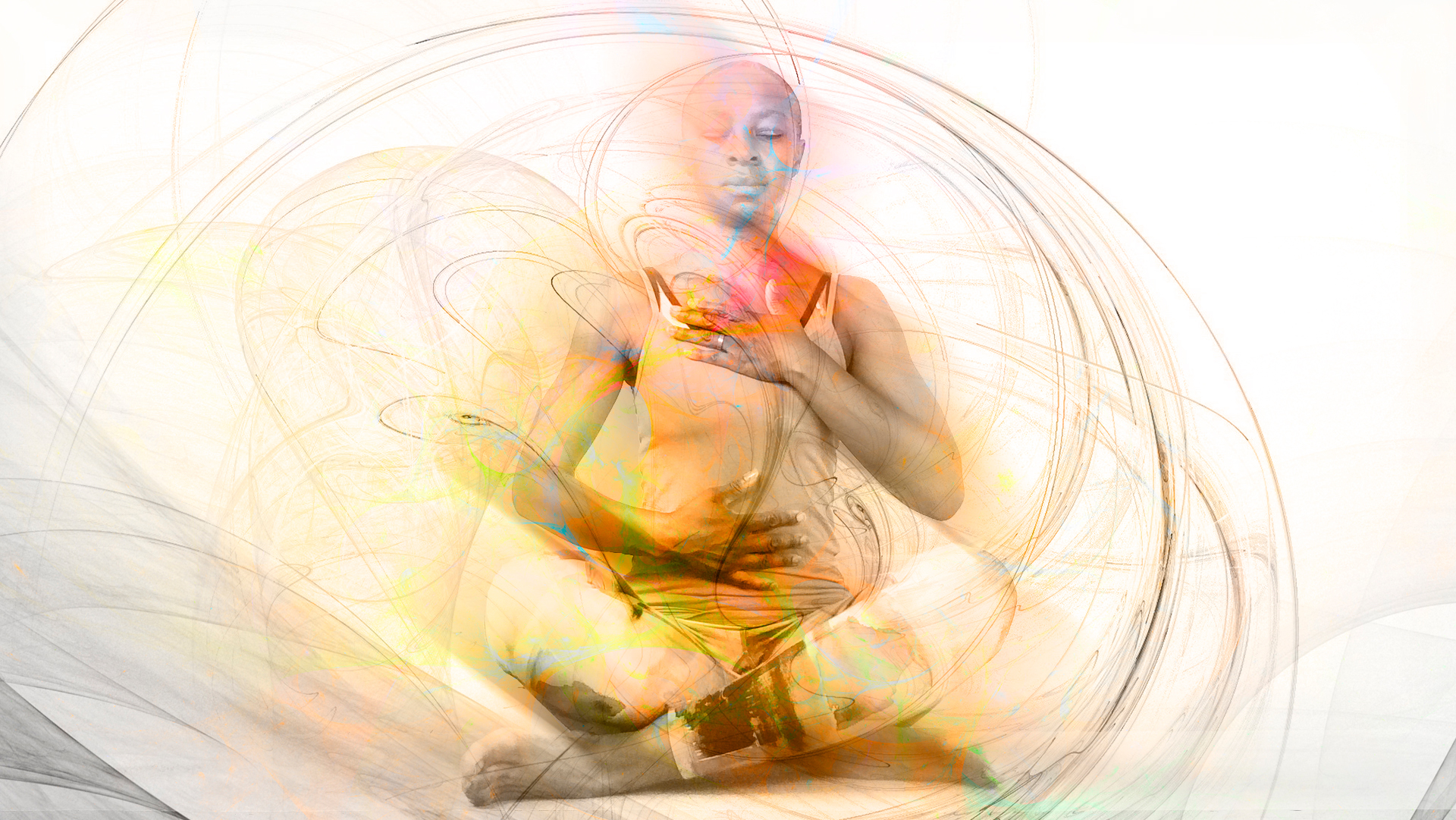
Guided Meditation for Inner Stillness and Deep Rest
Experience concentration meditation and Yoga Nidra techniques as tools to facilitate physical, mental and emotional wellbeing.
There is a wealth of scientific evidence to prove the efficacy of meditation on a variety of stress-based physical and mental health conditions. Not only do we learn about ourselves through meditation, we can also access our innate healing ability, allowing us to positively affect our lives. Meditation also provides the opportunity to challenge our beliefs and explore our own possibilities.
The quieter you become, the more you are able to hear.
Rumi
What Is Guided Meditation?
Guided meditation is a technique using spoken instruction to lead you into a specific mental or emotional state. It is a method of relaxation and inner peace, as well as a tool for profound personal transformation. Denise offers Concentration meditation techniques and Yoga Nidra – two distinct, yet complementary forms of meditation, suitable for both beginners and experienced meditators. It is not necessary to practice the two techniques simultaneously. Each can be practiced separately.
Meditation can help to:
- Reduce stress and anxiety
- Improve focus and mental clarity
- Enhance emotional regulation
- Promote better sleep
- Increase self-awareness
- Support nervous system balance
- Boost creativity and intuition
- Encourage a sense of inner peace
- Strengthen resilience to challenges
- Improve physical health through relaxation
Concentration Meditation: Cultivating Focus and Awareness

Concentration meditation is the practice of bringing your attention to a single point of focus—such as the breath, a mantra, or a visual object. Unlike mindfulness-based approaches that encourage open awareness, concentration meditation asks you to direct your energy inward to cultivate stillness, awareness and ultimately, a profound sense of joy.
In the context of Tantra Yoga and Buddhism, concentration meditation plays a vital role in preparing the mind for deeper states of consciousness. It is an active technique that is usually practiced upright, seated on the floor or in a chair with a straight spine. It builds discipline and clarity and is ideal for sharpening awareness.
Examples of concentration techniques include:
- Focusing on the breath
- Mantra repetition (e.g. Om)
- Candle flame gazing
- Visualisation
Denise specialises in meditation for beginners and creates well structured, progressive practices that are designed to meet the needs and experience of her students. She offers on-going support and guidance, helping students to identify and work through blockages that can slow progress.
For a meditation to be beneficial, it must be approached with the right attitude. Finding inner stillness and reaching a higher state of awareness doesn’t happen overnight. Practice is the key to unlocking meditation, as is finding the right type of meditation to suit you. It’s important to understand this before you undertake a meditation practice so that you can assess whether you have the patience, motivation and serenity required for the journey.
Listen To a Body Scan Meditation
Yoga Nidra: Guided Deep Relaxation and Inner Healing

Yoga Nidra, often called “yogic sleep,” is a guided meditation technique where the body rests deeply while the mind remains awake and aware. It is practiced in a comfortable, supported reclined position where you are guided by verbal cues that lead you through layers/stages of awareness—body sensations, breath, emotions, and subtle imagery.
Unlike concentration meditation, Yoga Nidra is more about surrender than effort. It’s designed to take you into a state between waking and sleep where deep healing can occur. Denise is influenced by the Tantric Yoga view of Nidra, working to guide you through the subtle layers of the self (koshas) to help you release long-held tensions, dissolve emotional patterns, and promote profound relaxation without effort.
If you are new to meditation, you may find Yoga Nidra a more accessible entry point to meditation due to its effortless, passive nature and reclined position.
Key Features of Yoga Nidra:
- Practiced lying down in complete stillness
- Guided through body scans, breath awareness, and visualisation
- No need to concentrate, just listen and receive
- Accesses subconscious layers of mind
- Supports nervous system reset and emotional integration
- It’s an invitation to rest in awareness and allow healing to arise from within.
Guided Meditation FAQs
Can I still meditate if I can't sit cross-legged on the floor?
Yes you can. For concentration meditation, try these positions:
- Sit on a chair with your spine upright and feet flat on the floor and hands resting in your lap or on your legs. Try to avoid leaning back in the chair if possible.
- Support your hips with a blanket or cushion on the floor and lean against a wall. Knees can be bent and supported with the arms.
- If you are unable to sit, you can lie down on your back in a comfortable position. It can help to put a cushion underr the knees to relax the lower back. However, its important to understand that the mind is more alert when sitting up and you will be more likely to fall asleep.
- Try Yoga Nidra which is done lying down on your back on the floor.
It’s important to work with your body as it is in the moment. You need to have a relative level of comfort to avoid being distracted by tension in your body.
How long should I meditate for?
It depends how you feel in the moment. When you are calm and settled, meditation for 30 minutes to an hour can feel easy. However, if you are agitated or disturbed you may find a shorter practice of between 15 and 30 minutes more beneficial. If you are a beginner, try starting with a 10-15 minute practice and progressively build up to a longer session.
Do I have to have a calm mind to meditate?
No. Thoughts form part of the process and they can provide insight into your life in the moment and also be a way to gauge your meditation progress. It’s important to realise that if you sit with the intention to meditate, you are meditating, thoughts or not. Meditation is a journey, not a quick fix.
I keep falling asleep in Yoga Nidra meditation what should I do?
Usually falling asleep is an indicator that you need to get more rest. If you are practicing Yoga Nidra, you may find that you fall alseep initially. With practice and enough rest, you will be able to gain maximum benefit from the practice.
Are there any contraindications for guided meditation?
Generally, if you are experiencing acute mental health challenges, such as psychosis, dissociative disorders, or severe trauma, please consult a qualified mental health professional before beginning a meditation practice.
If you have physical limitations or medical conditions that make sitting or lying down uncomfortable, consider modifying your posture or seeking guidance from Denise.
Always listen to your body and mind. If at any point meditation causes distress or discomfort, it’s okay to pause and seek support. These practices are meant to support your well-being not hinder it.
Have more question? Get in touch.



